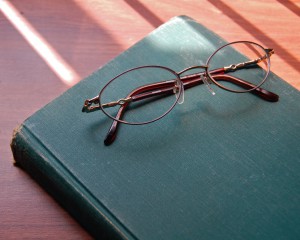 Curling up with a good book is one of life’s greatest pleasures, whether you’re reading on a tropical beach while on vacation or nestled into your favorite chair at home. As your eyes skim over the words, your mind conjures up images of the events unfolding on the page. Books can take us to fantastic places, real and imaginary, that we will never visit in our lifetime. And while there is some pleasure to be gained from nonfictional books, my favorite books all seem to fall in the realm of fiction. I am not alone. The science fiction and fantasy genre of literature continues to be one of the most popular. Why do so many readers find these types of books so enticing and engaging?
Curling up with a good book is one of life’s greatest pleasures, whether you’re reading on a tropical beach while on vacation or nestled into your favorite chair at home. As your eyes skim over the words, your mind conjures up images of the events unfolding on the page. Books can take us to fantastic places, real and imaginary, that we will never visit in our lifetime. And while there is some pleasure to be gained from nonfictional books, my favorite books all seem to fall in the realm of fiction. I am not alone. The science fiction and fantasy genre of literature continues to be one of the most popular. Why do so many readers find these types of books so enticing and engaging?
It all comes down to science, specifically neuroscience.
Continue reading “Neuroscience Explains Harry Potter’s Appeal”
